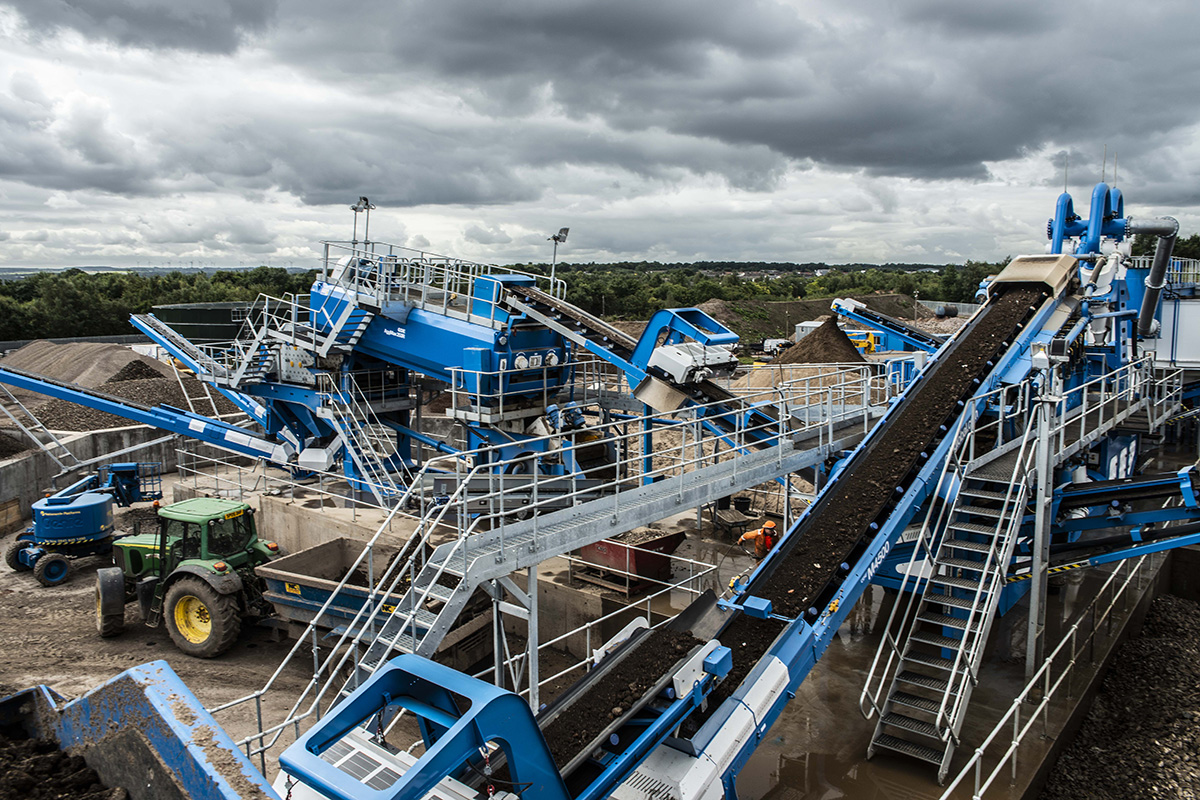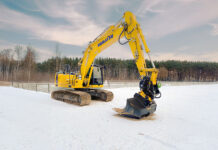By Scott Brewster, MD, Brewster Brothers
ONE of the aims of the Scottish Government’s proposed Aggregates Levy is that the new tax should support the circular economy. This is to be applauded. As the pressure mounts on virgin aggregates, the focus must shift to recycling construction waste and the greater consumption of recycled aggregate.
However, misconceptions that the construction industry is doing well in terms of recycling construction, demolition and excavation (CDE) waste mean that the true value of recycling is in danger of being overlooked. And, while there can always be a role for tax vehicles to drive changes in behaviour, the resource management sector has huge potential and attention should also be directed on complimentary measures including the re-classification of recycled aggregates and the better promotion of their quality and use.
The latest available statistics show that the construction industry in Scotland is responsible for over 50% of the country’s natural resource consumption (SEPA), yet even though 90% of construction waste is recyclable, only 42.5% is recycled to create aggregates to use back into building projects. That means that recycled aggregates only account for about a quarter of all aggregate consumption, despite the appetite for more (MPA, 2019). When looking at the same figures for excavation waste, it is a far bleaker picture with only 18% being recycled and the rest being recovered (39%) and landfilled (43%).
This is primarily because current waste legislation allows potential feedstock for recycled aggregates to be ‘recovered’ in backfill operations and disposed of in landfill. This is not the same as ‘recycling’ CDE waste and as a consequence, valuable resource latent in subsoils is wasted when despatched to Waste Management License exempt sites.
In our view, we need to arrive at a place where the recycling of CDE waste is made mandatory to maximise circularity and recycled aggregates are classified more accurately to promote both quality and usage. This could immediately impact net zero targets. The Scottish Government would do well to look at how it can assist in making more businesses within the construction sector aware of the potential of CDE waste, the quality of recycled aggregates and their importance in achieving a circular economy.
What’s more, it has a willing partner in the resource management sector, which has significant capacity to innovate at scale. There is an argument to make the Aggregates Levy a catalyst to elevate the sector through the registration and accreditation of suppliers of recycled aggregate. Companies supplying recycled aggregate would have to meet stronger quality criteria, driving up standards and making them truly collaborative with government on future tax or fiscal incentives that promote the circular economy more effectively.
Zero Waste Scotland already holds an audited supplier database. The audit ensures that recycled aggregates are being produced in line with SEPA guidance and meet end of waste criteria. These approved suppliers could issue accredited digital delivery lines that could then be uploaded and claimed for aggregates levy/tax credits.
What’s more, this is a sector where we can be ambitious. The Eunomia research quoted in the Scottish Government’s consultation says that the supply of recycled aggregates may grow from 1.05 million tonnes in 2017 to 1.12 million tonnes in 2030. Our view is that it could be so much more with immediate impact possible if we turn our focus on to the quantity of recycled aggregate used in the construction sector rather than in exempt ‘recovery’ projects.
As government officials contemplate the Aggregates Levy, in tandem with any financial lever, there must be a greater drive towards responsible consumption which should see recycled aggregate used in all applicable applications over virgin resources.











